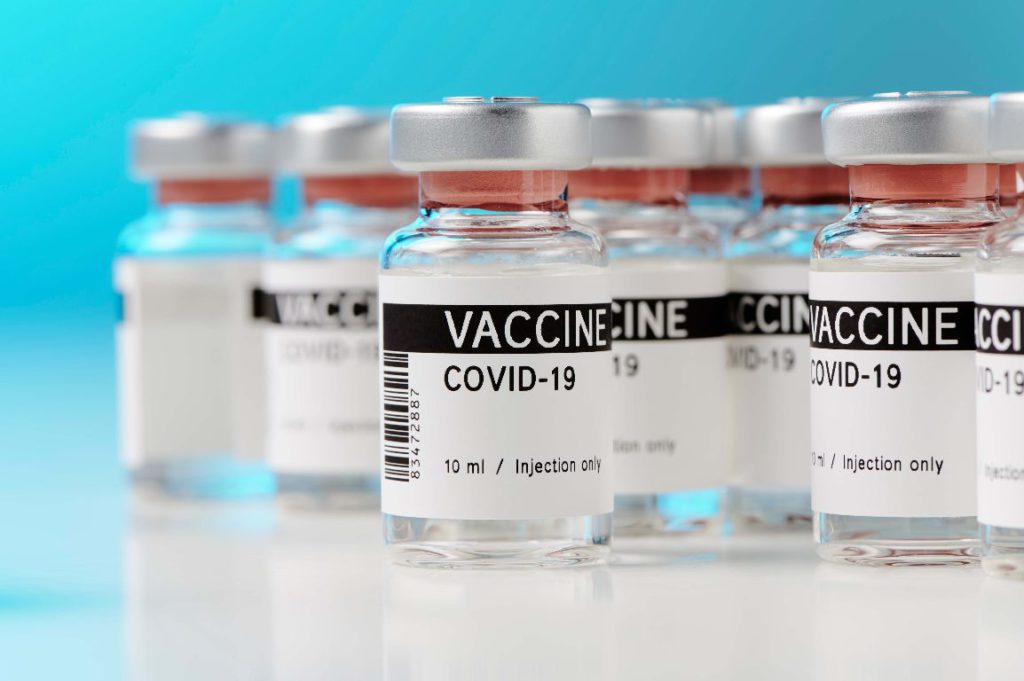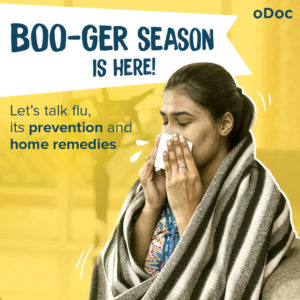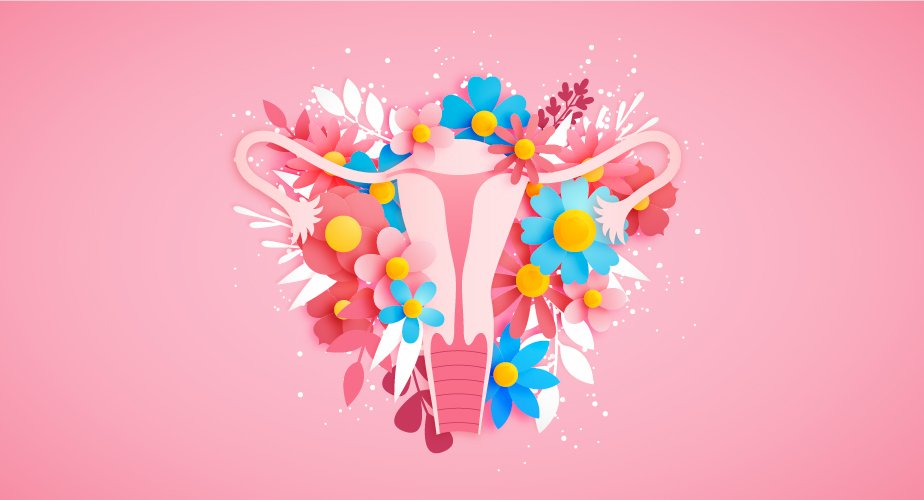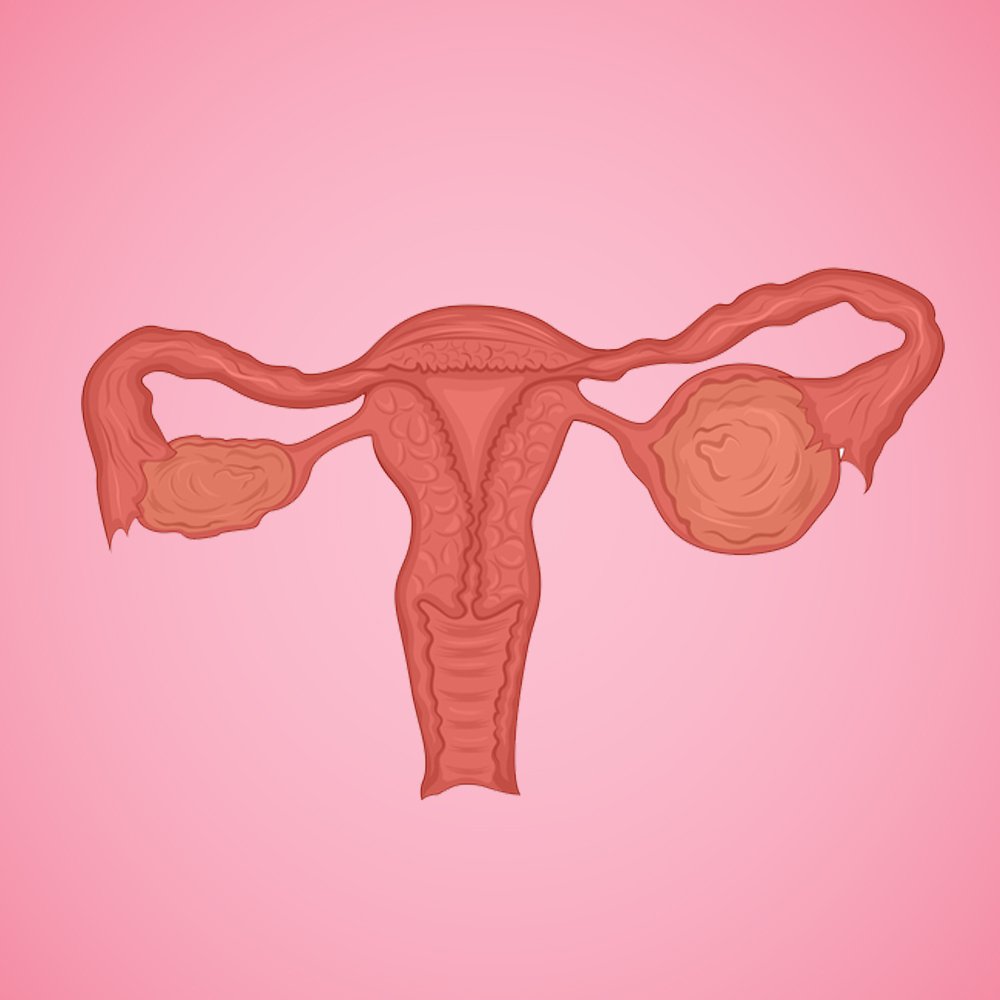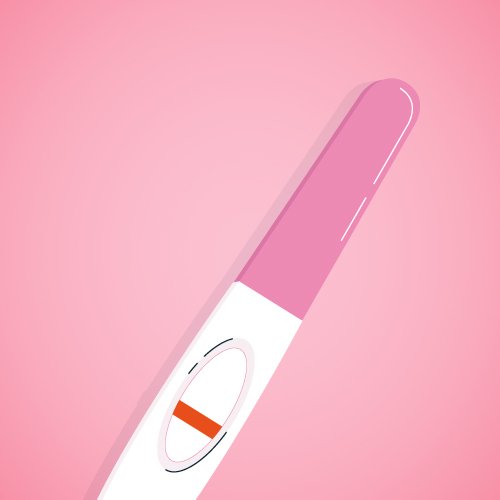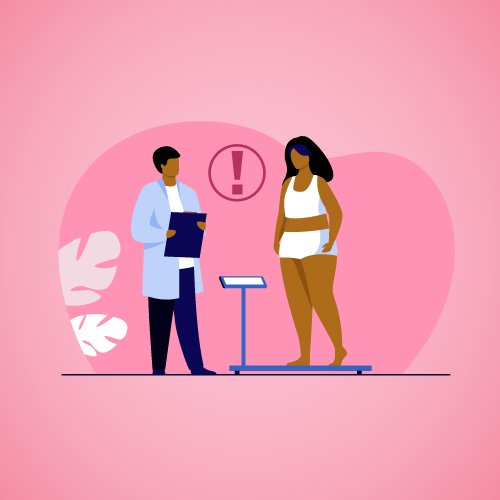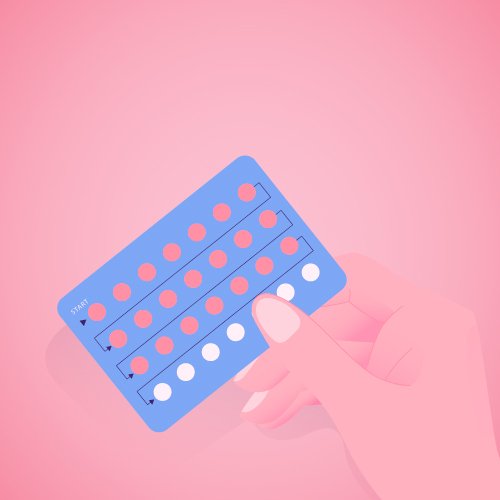Is my baby drinking enough milk?
Milk supply myths debunked!
Nicole Parakrama | BSc Hons Molecular Cell Biology, UCL (UK) | 17th April 2021 | <5 minute read

“Aney why is he crying so much?”…
…“Hungry-da?”…..
Mothers of infants might find this line of questioning familiar!
In our culture, we tend to cajole and bribe our children into eating more, with the goal of making them as chubby as possible. However, when we don’t allow our children to regulate their hunger for themselves, this can lead to unhealthy eating patterns (see this study here) with repercussions all the way into adulthood (some other great longitudinal studies here and here). We do our children a great disservice when we don’t take into account their varying body structures, feeding patterns, and metabolisms when considering when and how often we feed them.

“Aney why is he crying so much?”…
…“Hungry-da?”…..
Mothers of infants might find this line of questioning familiar!
In our culture, we tend to cajole and bribe our children into eating more, with the goal of making them as chubby as possible.
This same culture can extend to breastfeeding as well, with negative repercussions as a result! A study conducted by Rodrigo et al among 249 mothers at the Colombo North Teaching Hospital, found that “a family member telling mothers that their milk supply was low had
However, when we don’t allow our children to regulate their hunger for themselves, this can lead to unhealthy eating patterns (see this study here) with repercussions all the way into adulthood (some other great longitudinal studies here and here). We do our children a great disservice when we don’t take into account their varying body structures, feeding patterns, and metabolisms when considering when and how often we feed them. This same culture can extend to breastfeeding as well, with negative repercussions as a result! A study conducted by Rodrigo et al among 249 mothers at the Colombo North Teaching Hospital, found that “a family member telling mothers that their milk supply was low had the most
the most significant impact on Perceived Inadequacy of Milk (PIM)”. In other words, we can give undue weight to the opinion, however well-intentioned, of someone who is (to put it simply) not the mother of our baby.
It is not surprising, then, that one of the most Googled questions on breastfeeding is – “How can I tell if my baby is drinking enough milk?” This is an understandable concern, as we simply cannot see how much milk our baby is taking in at the breast, so we have to guess! Rest-assured, our babies are very clever at making their needs known – and they will usually drink as much milk as they need. In turn, our breast tissue will respond over time and produce a supply of milk to match their demands. There ARE instances where concerns are warranted, and supply is low for medical reasons, but this is very often not the case.

This same culture can extend to breastfeeding as well, with negative repercussions as a result! A study conducted by Rodrigo et al among 249 mothers at the Colombo North Teaching Hospital, found that “a family member telling mothers that their milk supply was low had the most significant impact on Perceived Inadequacy of Milk (PIM)”. In other words, we can give undue weight to the opinion, however well-intentioned, of someone who is (to put it simply) not the mother of our baby.
It is not surprising, then, that one of the most Googled questions on breastfeeding is – “How can I tell if my baby is drinking enough milk?” This is an understandable concern, as we simply cannot see how much milk our baby is taking in at the breast, so we have to guess! Rest-assured, our babies are very clever at making their needs known – and they will usually drink as much milk as they need. In turn, our breast tissue will respond over time and produce a supply of milk to match their demands. There ARE instances where concerns are warranted, and supply is low for medical reasons, but this is very often not the case.

significant impact on Perceived Inadequacy of Milk (PIM)”. In other words, we can give undue weight to the opinion, however well-intentioned, of someone who is (to put it simply) not the mother of our baby.
It is not surprising, then, that one of the most Googled questions on breastfeeding is – “How can I tell if my baby is drinking enough milk?”

This is an understandable concern, as we simply cannot see how much milk our baby is taking in at the breast, so we have to guess! Rest-assured, our babies are very clever at making their needs known – and they will usually drink as much milk as they need. In turn, our breast tissue will respond over time and produce a supply of milk to match their demands. There ARE instances where concerns are warranted, and supply is low for medical reasons, but this is very often not the case.
A longitudinal study by Nielsen et al studied the milk intake of 50 healthy, exclusively breastfed babies over 6 months, and found the milk intake and fulfilment of energy values to be in excess of literature values.

Unfortunately, it is this fear of having a low supply which can become a roadblock in our breastfeeding journeys, far more often than it being an actual medical issue.
At a very high level, the rule of thumb is – if your baby comes off the breast looking relaxed, and if the number of heavy, wet diapers in 24 hours is more than or equal to the number of days old (for newborns up to one week), and 5-6 thereafter, your baby is very likely getting adequate milk (check out this comprehensive presentation by the Sri Lanka College of Pediatricians, particularly slides 41-46).
There are 9 common occurrences that may worry mothers, but which are not necessarily an indication of inadequate milk supply:
1. My baby wants to nurse very frequently
Breast milk is actually digested very efficiently (usually within 1.5-2 hours) and frequent feeding is common as a result. Some babies are also more ‘sucky’ than others or require more skin contact.
2. My baby suddenly nurses more frequently, or for longer durations
This may be a growth spurt, which usually lasts a few days to a week. Since milk production is supply & demand-based, allowing your baby to feed extra will result in your breasts producing more milk to catch up.
3. My baby suddenly nurses less frequently, or for shorter durations
With age, as your baby gets more efficient at extracting milk, and the size of their little tummy increases, this will happen and is not an indicator of low supply.
4. My baby guzzles down a bottle of milk after nursing
Many babies will take a bottle of milk even after a full breastfeed, due to their suckling reflex, and then fall asleep due to exhaustion rather than satiation.
5. My breasts don’t leak milk, or only leak a little, or have stopped leaking
Leaky breasts have nothing to do with your milk supply adequacy. Leaking often stops once your milk supply has adjusted to your baby’s needs, and/or as the feeds become more predictable.
6. My breasts seem softer, or don’t get engorged anymore
Again this often happens once your milk supply has adjusted to your baby’s needs, and/or as the feeds become more predictable.
7. I don’t feel a let down sensation
Some women may never experience a let down sensation (tingling, pins & needles or a feeling of warmth), or find that it reduces over time. This is not connected to a reduction in supply.
8. I get very little milk when i pump
There are many reasons why this could be… pumping technique, pump type, flange size etc. At the best of times, your baby’s suck will always be more efficient at draining your breasts than the pump can mimic. Pump output should not be used as a reliable indicator of production.
Hopefully you will find some reassurance if you are in this boat of questioning your supply. However, if you have already found it in yours or your baby’s best interest to give formula, there is no guilt or shame in that. Breastmilk, while optimal, is not the only way to feed your baby. There are many circumstances where combination feeding (formula + breast milk) or only formula is necessary, and your child will be none the worse for it. A well-fed baby combined with a happy mother really is the best end result.
How I became ‘The Milk Coach’
When my first child was born, I was quite unprepared for what lay ahead. Particularly when it came to breastfeeding – I was naïvely expectant that I could just place him onto my chest, and let nature take its course. What a surprise I was in for! Cracked nipples from sub-optimal positioning, and my milk taking its own time to come in, led to terrible pain. This pain became excruciating when my son developed oral thrush which travelled through to my milk ducts. Fortunately, thanks to a lot of research and some wise mum friends, I was able to power through those awful first few months. Most crucially, I was able to advocate for myself with health professionals (and I’m thankful for the ones who listened to me when I did!).
This birthed a passion to peer-to-peer counsel, share with and advocate for my fellow Sri Lankan mums, to support them to achieve their breastfeeding goals. To this end I am working to add to a science background (in Molecular Cell Biology) with an accreditation by La Leche League International (LLLI).
Join the conversation, follow @themilkcoach on Instagram or Facebook.
Similar Articles...
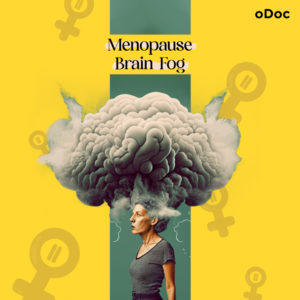
Menopause Brain Fog is real: A Simple Guide with Symptoms and Treatment
Menopause Brain Fog is real: A Simple Guide with Symptoms and Treatment Women in their 40s and 50s who are just entering the end of
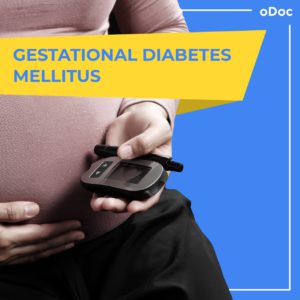
All you need to know about Gestational Diabetes
Did you know that gestational diabetes mellitus, also known as GMD, is one of the most common medical complications of pregnancy? What is GMD? Why
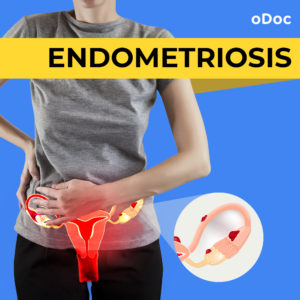
Endometriosis
Endometriosis No woman looks forward to “that time of the month.” Dealing with nausea, stomach cramps, mood swings, back pains and fatigue, all whilst facing









